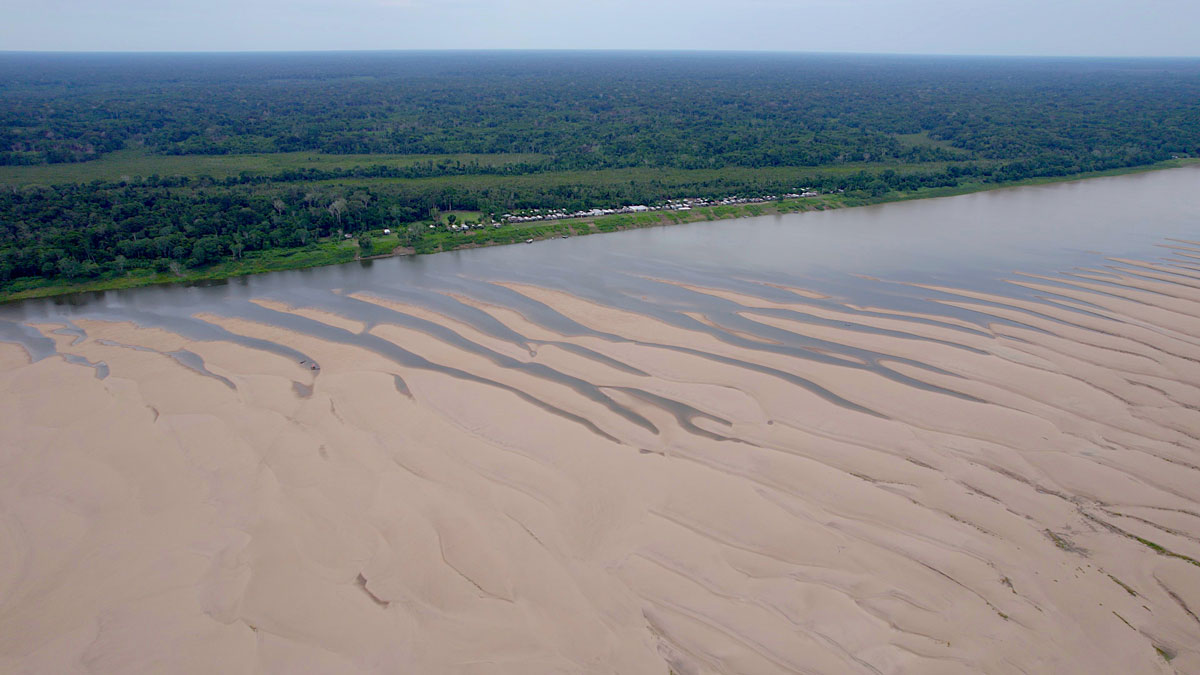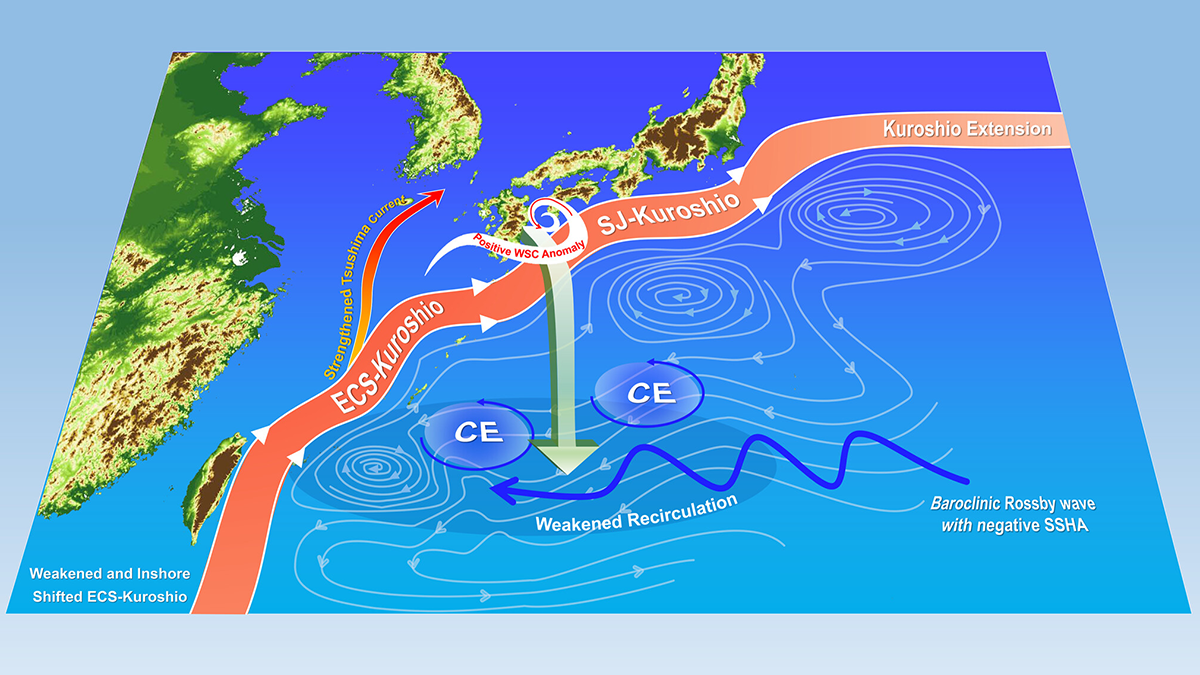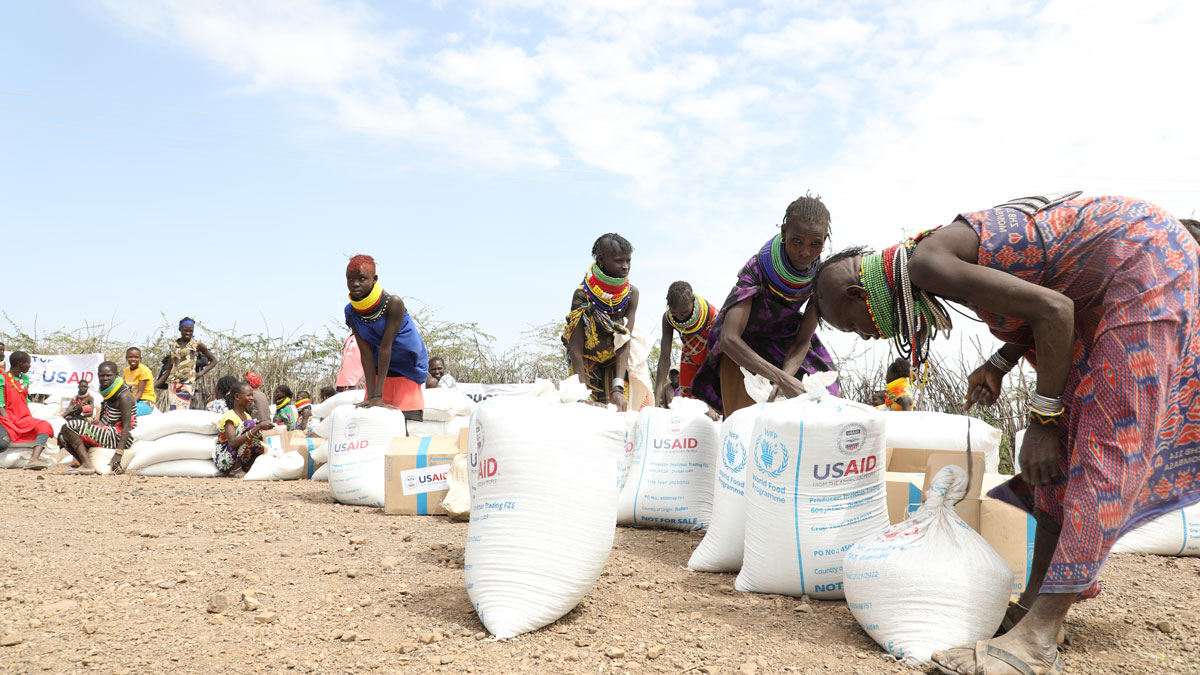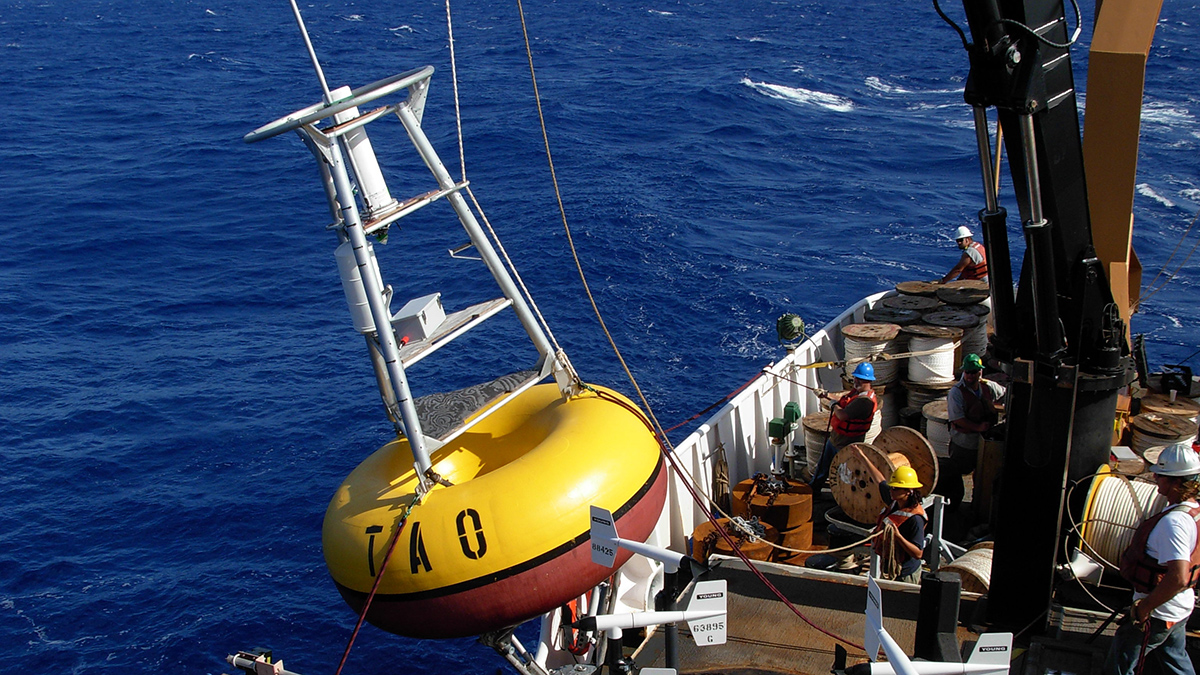اكتشف العلماء رابطة بين التدرجات الحرارية في المحيط الهادئ وبين موجات الجفاف الفتاكة والتي يمكن التنبؤ بها في شرق أفريقيا.
ENSO
Record-Breaking Temperatures Likely as El Niño Persists
Global surface air temperatures will likely remain high through early summer because of a continuing El Niño event.
El Niño May Have Kicked Off Thwaites Glacier Retreat
Antarctica’s “Doomsday Glacier” started losing mass midcentury, around the same time as its neighboring glacier.
Almost a Year in, Drought in the Amazon Is Far from Over
Strengthened by climate change, northern Brazil’s dry spell might last longer than originally fore-cast, with lingering ecological and economic consequences.
Spring Heat Waves Pack a Punch for Snowpacks in the Pacific Northwest
New research shows how the snowpack loss due to moderate springtime heat waves outweighed that of a record-shattering summer heat dome.
Scientists “Astonished” at 2023 Temperature Record
Global temperatures in 2023 smashed records by a wide margin, surprising climate scientists and highlighting the need for more research.
ENSO Variations Modulate the Kuroshio in the East China Sea
Recent warm El Niño Southern Oscillation events strengthened winds over the western Subtropical North Pacific, leading to planetary waves with cyclonic eddies, weakening the Kuroshio in the East China Sea.
Ocean Warming Sets the Stage for Dangerous but Predictable East Africa Droughts
Scientists have uncovered a connection between temperature gradients in the Pacific Ocean and deadly but predictable consecutive dry spells in East Africa.
Bolstered by Buoys: Predicting El Niño
Scientists investigate the importance of a Pacific buoy network in monitoring and predicting the El Niño–Southern Oscillation.
South American Rainforests Are on the Brink of Becoming Carbon Sources
Plants’ ability to stock carbon ceased during the 2015–2016 El Niño, as temperatures skyrocketed and trees died.










